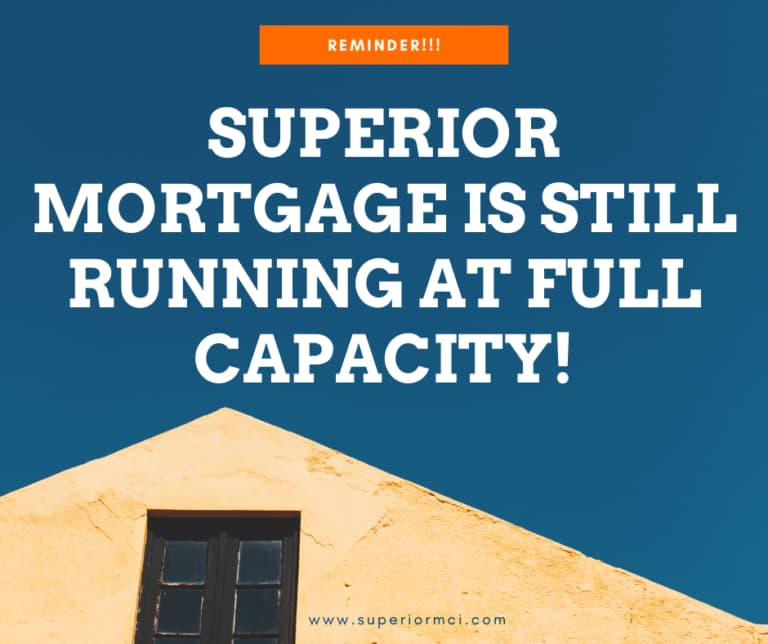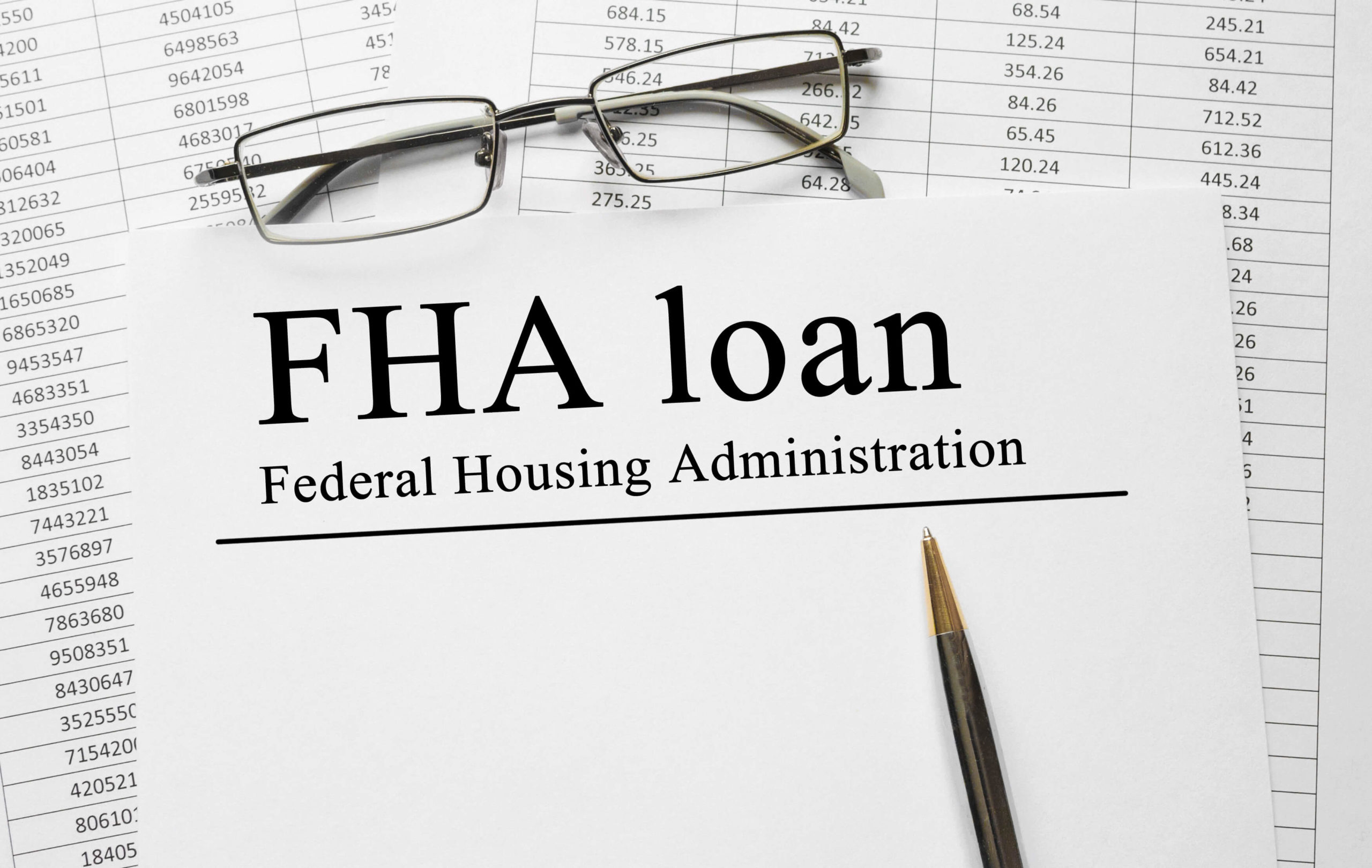
How to Prepay Your Mortgage?
April 20, 2023
Over the course of a 30-year mortgage, you may end up paying more than twice the amount of your principal. The rest goes towards paying interest. That interest is money in the bank’s pocket, not in your bank account. Prepaying your mortgage is paying extra principal, especially during the early years of your loan, meaning that your house will be paid off that much sooner, and you will pay less total interest over the life of the loan. It could put you that much closer to retirement.
What are the Steps?
I. Evaluate whether prepaying is right for you. In the short term think of prepaying your loan as investing, but investing in a large, illiquid asset. That is, you must sell the house to get the money out again. If you have a low interest rate and you are making good returns on investments, it may not be worthwhile. If other debts are costing you more or if you have little or no savings, focus on those priorities first. The long term prepayment is by far the best thing to do. When the mortgage is paid off 100% of the money you would have paid can now go for investments.
II. Find out the interest rate on your mortgage and the remaining balance. If it isn’t on your statement, call your bank or whoever is carrying your mortgage to find out.
III. Use a mortgage calculator (there are many available online or make your own) to find out how much you are paying in interest over the life of the loan.
- Look for a calculator that gives you an amortization schedule, preferably with a graph of interest and principal paid over time.
- Look for a calculator that will let you run scenarios and see what happens if you prepay at various rates.
IV. Decide how much you will prepay. There is no one right answer to this question. Here are some possibilities:
- Prepay a certain percentage of your income. One or even half a percent might be small enough to be painless and still make a big dent.
- Prepay a certain amount each month. Choose a nice, round number that seems right to you.
- Pay a monthly amount that you were paying before on a different loan. If you just paid off a car loan or credit card, put that amount towards prepaying your mortgage instead.
- Continue to pay the monthly amount that your mortgage cost before refinancing, even though the new monthly payment is less.
- Pay the amount of a raise you have just received. The advantage of choices like these is that they keep the rest of your finances the same as they were before. You will not notice that new, “extra” money is going elsewhere.
- Make one extra payment per year. Divide your monthly payment by 12 and pay that much extra each month. Don’t wait until the end of the year or rely on your memory.
V. Phone your bank or mortgage company and verify that any extra payment will get applied immediately toward paying down the principal. They may ask that you enclose a form letter or add a memo to each check to this effect. Prepaying a mortgage is still uncommon enough that some companies don’t seem to know what to do about it.
- Check that your first couple of payments went to the right place. Read your statement after the first extra payment and verify that the payments are being correctly applied against your principal.
VI. Automate your payment. The mortgage company may be able to do this for you, or if you have online bill pay with your bank, you can make either a separate payment or an increased payment automatically that way. While you could theoretically make the extra payment manually each month, it is probably easiest to automate it once and let the bank remember the new schedule for you.
- Make sure to include your account information and prepayment instructions with your payment.
- It may help things get processed correctly if you send a separate check or payment for the part you are prepaying. If you are using an online bill pay service, simply set up two payments at the same time each month.
VII. Look into a biweekly payment plan. Many people prefer this option because it is simple and lines up with their biweekly paycheck schedule. With a biweekly payment plan, you simply pay half the monthly amount every two weeks. This has the effect of paying one extra payment per year. Set up a biweekly payment plan through your mortgage company or through an independent service. A phone call or two should be enough to set up the payments.
- With this choice, you must generally set up a plan specifically.
- Make sure, if you are paying biweekly, that the mortgage company knows what to do with the extra payments.
- Ask whatever institution sets up your biweekly plan whether the payments get applied immediately, and don’t sign up if the answer is no. Some companies, especially third party services, withdraw the funds biweekly and only make the additional payment at the end of the month or year, earning interest on your money in the meantime.
- Expect a setup fee of a few hundred dollars, and ask what the fees will be before you sign up. Although this sounds like a lot of money, the money you save over the life of the loan will be much more. If you still don’t like the fee, set up an automatic transfer yourself.
- You do not necessarily need to pay someone else to set up your payments for you once you have calculated what they need to be. It’s free to do it yourself, and you will save more money (the fee associated with this plan).
Superior Mortgage Co., Inc. specializes in residential and commercial loans, providing a wide range of products and services to give you the best options for your mortgage loan. Regardless of whether your credit score and DTI ratios need improving, we want to help. We will help you make the smartest choice because our experience and skills are second to none. Call Superior Mortgage Co., Inc. at 845-883-8200 or email [email protected] for additional information. Let us help make your dreams a reality.
ctto: https://www.wikihow.com/Prepay-Your-Mortgage
Recent News

Superior Mortgage is still running at full capacity!
April 25, 2023

Most Important Steps To Buying A House
April 20, 2023

What to Know About Jumbo Loans
April 20, 2023

Understanding Your FHA Options
April 20, 2023

Things Needed For Pre-Approval
April 20, 2023

How to Approach a Mortgage Refinance Loan?
April 20, 2023

